Description
- Several factors play a role in the buy clarifying additives, which can be divided into the following general categories:
Market Related Factors in the Sale of Clarifying Additive
• Growing demand for transparent plastics: The use of transparent plastics in various industries such as packaging, household appliances, automobiles, etc. is increasing. This in turn increases the demand for clarifying additives.
• Increasing awareness of the benefits of clarifying additives: the benefits of using clarifying additives, such as improving appearance, increasing transparency and clarity, and improving mechanical properties, are increasingly known to end consumers. This can increase the demand for these additives.
• Regulatory restrictions: Rules and regulations regarding the use of additives in plastics can affect the demand for certain clarifying additives.
Factors related to the product
• Product quality: One of the most important factors in the sale of clarifying additives is the quality and standard of the product. Customers are looking for products that can increase the transparency and beauty of the final products, so the quality of additives is very important.
- Price: The price of a clarifying additive should be commensurate with the benefits it provides. Appropriate and competitive pricing can help sell more add-ons. Sellers must set prices according to production costs, competitors, and the value of the product to customers.
- Stability: The clarifying additive must be stable throughout the manufacturing process and the shelf life of the product.
- Compatibility: The base resin of the clarifying additive must be compatible with the type of plastic in which it is used.
Safety: The clarifying additive must be safe for humans and the environment.
Factors related to the company:
• Brand and reputation: The brand and reputation of the clarifying additive manufacturing company can be effective in the decision-making of buyers. Kaysa Polymer Company, with more than 20 years of polymer production experience, can provide you with the best clarifying additive. For price information, purchase, and sale of plastic additives, contact our sales office at +982122500033 or WhatsApp at +989125436521.
- Customer service: Providing timely and high-quality customer service can help increase customer satisfaction and brand loyalty.
- Technical expertise: A company’s ability to provide technical support to customers can be a significant competitive advantage.
- Marketing and advertising activities: A plastic additive manufacturing company should do marketing and advertising effectively to increase awareness of its products and convince customers of their benefits.
In addition to these factors, other factors such as economic conditions, price fluctuations of raw materials, and competition in the market can also affect the sale of clarifying additives.
Optical Brighteners masterbatches
Lightening masterbatches are plastic additives that are used to improve the brightness and whiteness of plastic products. They are often used in products that require a high level of visual appeal, such as packaging, toys, and household goods.
Optical brightening masterbatches contain optical brightening agents (OBAs) that absorb UV light and re-emit it as visible light. This helps improve the perceived brightness and whiteness of the plastic, making it look much more attractive.
Factors affecting the price of clarifying additive
The effective factors in the price of the clarifying additive are as follows:
1. Type and quality of clarifying material:
* Type of polymer (such as polypropylene, polystyrene, polyethylene terephthalate (PET), or polyamide): each is produced at different prices.
* Product purity and uniformity: Products with higher purity and better uniformity are more expensive.
2. Various applications and target industries:
* Food packaging, non-food packaging, or industrial applications: prices are adjusted according to the specific requirements of each industry (such as food safety or heat resistance).
3. Functional properties and features:
* Level of transparency, thermal stability, light resistance, and chemical resistance: more advanced or improved properties cost more.
4. Scale of production and supply:
*Bulk purchases by large firms vs. smaller purchases by smaller firms: Prices are reduced due to economies of scale in production and supply.
5. Brand, credit, and support:
Reputable brands with technical support and quality assurance are more expensive than lesser-known brands or without similar support.
6. Regional Regulations, Taxes, and Shipping Charges:
Environmental regulations, safety requirements, and taxes in different regions of the world: prices are adjusted to comply with local regulations and transportation to the final destination.
7. Market fluctuations and prices of raw materials:
Changes in the price of raw materials (such as oil) and market conditions (such as demand and supply): affect the final price of the clarifying additive.
To obtain the optimal price, buyers should carefully define their specific needs and compare them with different suppliers. Due to these factors, the price of buying clarifying additives can vary and should be checked separately for each specific application.
applications:
- Packaging: Clarifying additives are used in the production of disposable containers, packaging films, bottles and other transparent packaging products, to improve the appearance and appeal of the product.
- Automotive industry: Another application of the clarifier is in the production of internal and external parts of the car, such as lights, dashboard and decorative parts, to increase the transparency and improve the appearance of the products.
- Electronics industry: It is used in the production of electronic components such as mobile phone frames, computers and household appliances to increase transparency and improve the appearance of products.
- Construction: It is used to produce extrusion sheets, pipes and other plastic products used in construction, to improve appearance and increase resistance to environmental factors.
- Toy: In the production of plastic toys, it is used to increase the transparency and attractiveness of the products

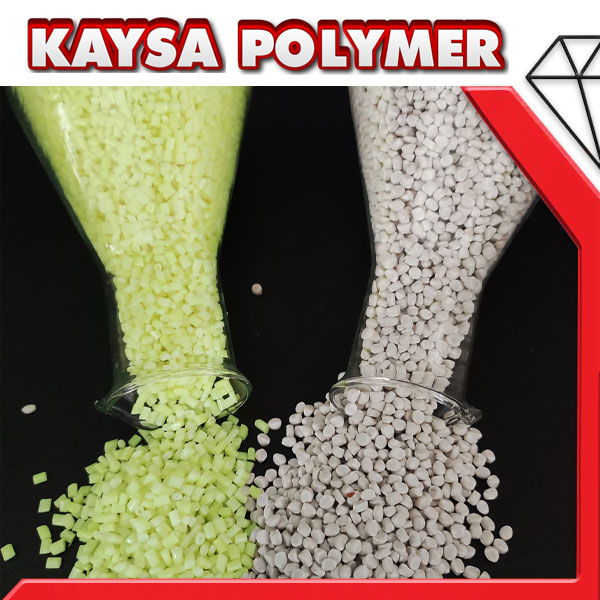
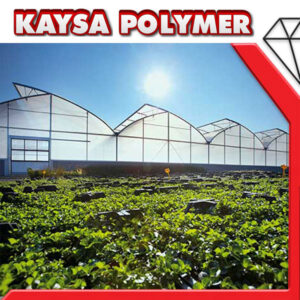
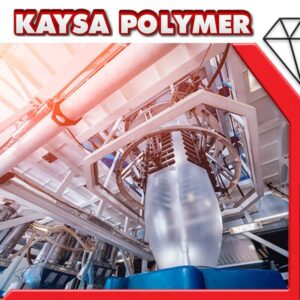
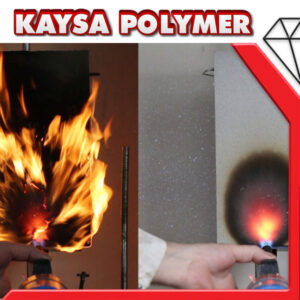
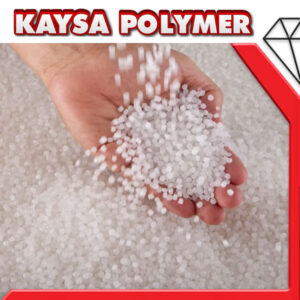
Reviews
There are no reviews yet.